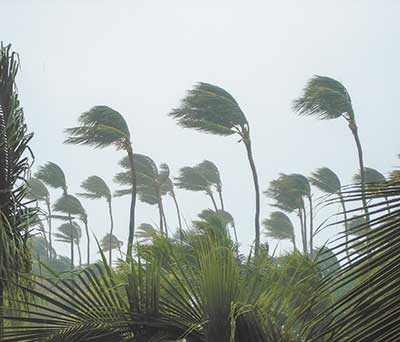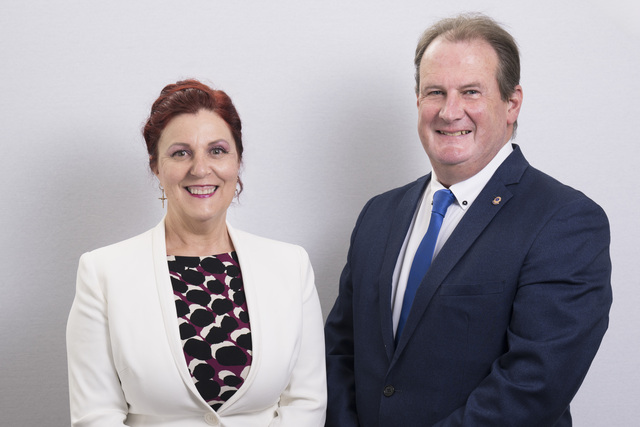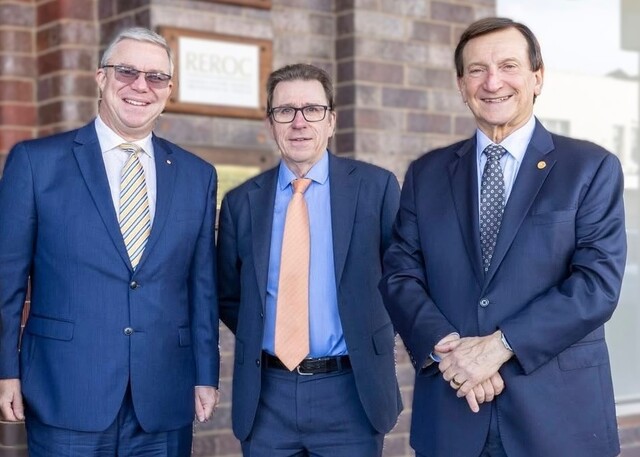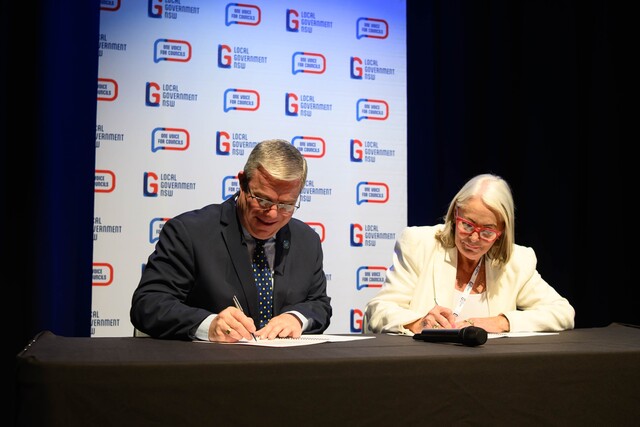The challenge of supporting and repairing communities after natural disasters is one that many local governments across Australia have to face.
In late February, tropical cyclone Marcia hit the Queensland Coast causing large amounts of damage to local communities.
In the following weeks support from all levels of government has been rolled out to residents in the local government areas of Banana, Gympie, Gladstone, Livingstone, North Burnett and Rockhampton.
Rockhampton regional Council Mayor Margaret Strelow said that while the recovery process at times felt overwhelming, she had been awed by the collective community reaction and the resilience shown by those struggling to get back to normal life.
“I have been absolutely humbled by the kindness and generosity shown between people, and for the strength of crews who have worked tirelessly to restore services.
“We have seen our normal outdoor staff numbers grow from 300 to 800 workers with 110 trucks constantly collecting rubbish and debris.
“The tragic event has really brought out the best in people and I hope that Rockhampton will retain this community spirit well into the future.”
Livingston Shire was also hit by Tropical Cyclone Marcia and thanked all who assisted in the clean up in a statement released on their website.
“Council is working with the Army and State Emergency Services to ensure that all the heavy lifting work and debris which may pose a risk is removed as quickly as possible.
“There is a lot of work to be done however, and Council is very grateful for the fabulous offers of assistance that have been received from volunteers.”
Financial assistance under the Natural Disaster Relief and Recovery Arrangements (NDRRA) has been made available by the Federal Government to affected councils to assist with the costs incurred in protecting their communities, clean-up operations and the restoration of essential public assets.
The future of funding disaster recovery is in doubt however, with the Federal Government’s response to the Productivity Commission’s Draft Report on Natural Disaster Funding expected to be released in the coming months.
Released in September last year, the Productivity Commission recommended a major restructure of Australian Government funding in regard to natural disasters.
Key to the report’s findings was the inefficiencies and equalities in current natural disaster funding arrangements, over–investment in post–disaster reconstruction and under–investment in post disaster mitigation.
“We heard many firsthand accounts of assets repeatedly damaged by successive natural disasters, only to be rebuilt in the same location and to the same standard,” said Commissioner Karen Chester.
“Groundhog Day anecdotes abound.
“This inquiry is not driven by the need to reduce fiscal costs for the Australian Government.
“It is about restoring autonomy and incentives to better manage natural disaster risks.”
The Commission’s preferred option is to reduce support under the NDRRA by increasing the small disaster criterion from $240,000 to $2 million cumulative state expenditure.
The report also recommended increasing the annual eligibility thresholds and having a flat cost sharing rate of 50 percent between the federal government and the state.
The Commission also recommended the Australian Government substantially increase its funding to the states for mitigation from about $40 million to $200 million annually.
Following the release of the draft report, the Productivity Commission received over 100 submissions, many from councils.
While submissions from councils were generally supportive of increased spending in disaster mitigation, most expressed concern that reduced recovery funding would be damaging.
Bega Valley Shire Council in New South Wales’s submission stated that despite flood planning, the council does ‘not have the financial capacity with a small rate base to address the damage caused by such events without support from the State’.
The Local Government Association of Queensland (LGAQ) was critical of the report at the LGAQ annual conference in October last year when over 200 delegates voted to reject the proposal.
LGAQ President Margaret de Wit told delegates that the Productivity Commission’s view that the Commonwealth’s contribution to disaster recovery funding should be cut would be catastrophic for Queensland communities.
“If that proposal had been in place before the run of floods and cyclones that began in 2010, the ability of councils to pay for clean up and recovery would have fallen short by more than $1 billion.”
The Australian Local Government Association (ALGA) was also critical of the report at the time, and President Mayor Troy Pickard has highlighted disaster funding as one of the ALGA’s major areas of concern in a recent column.
“Any reform of the taxation system must also acknowledge and maintain the integrity of local government’s rates base which is so important for local communities.
“ALGA will continue to be involved in the debate surrounding natural disaster funding, and in advocacy for the importance of investment in mitigation, not just recovery after disasters.
“The Federal Government’s response in the coming months to the Productivity Commission’s report into natural disaster funding arrangements may have profound implications for local government and its ability to support communities.








